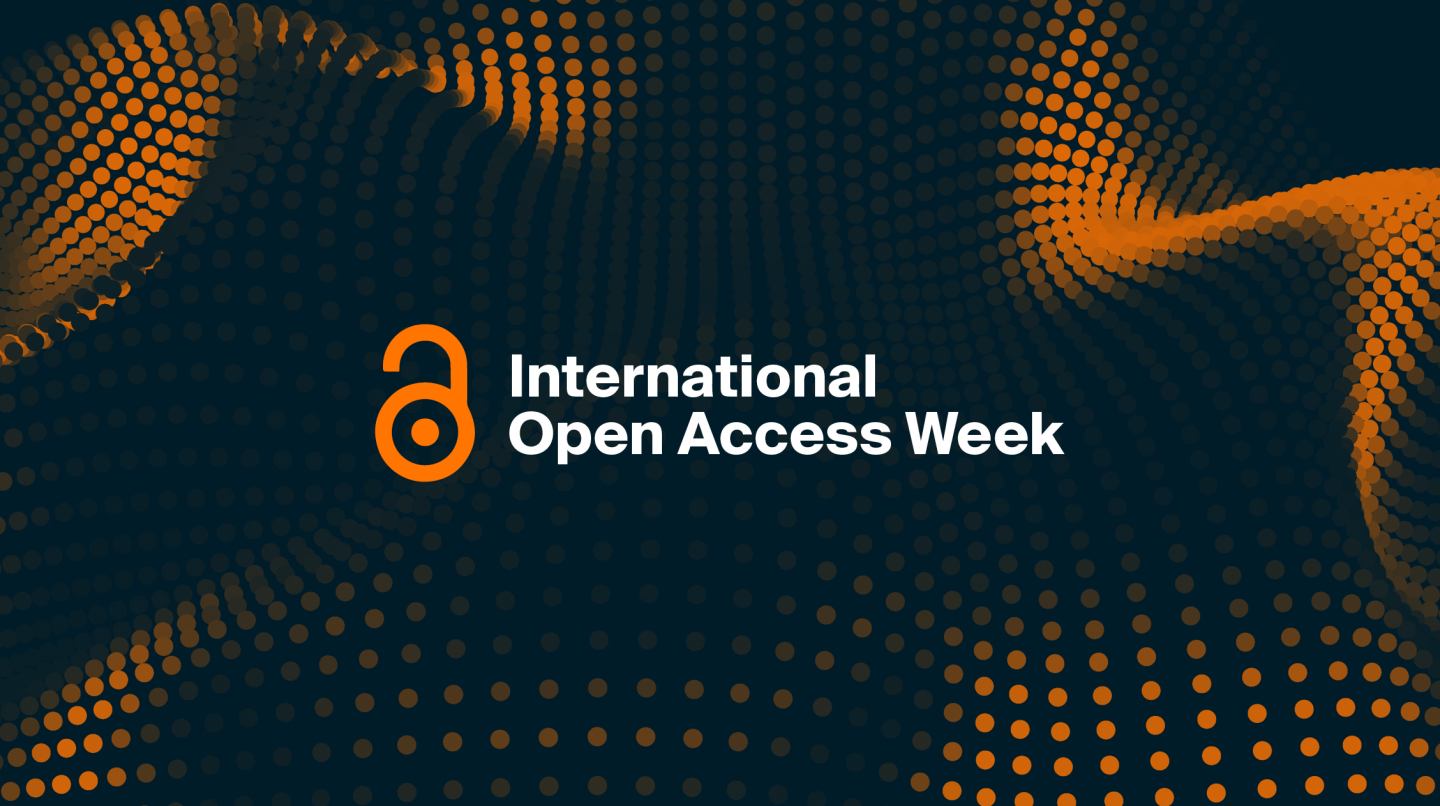Source: https://blog.mdpi.com/2022/10/13/what-is-open-access/
What is Open Access?
Open access is a movement to make scientific research, data, and dissemination accessible to everyone.
Above all, the fundamental goals of open access (OA) are:
- Transparency in experimental methodology, observation, and collection of data
- Public availability and reusability of scientific data
- Public accessibility and transparency of scientific communication
- Using web-based tools to facilitate scientific collaboration
Source: https://openscience.org/what-exactly-is-open-science/
Explaining Open Access
There is so much information out there about the benefits of OA. But there is not much dedicated to what OA is.
For Open Access Week, the 24th-30th of October, we want to make it crystal clear.
With OA, research is published online, usually under a Creative Commons license.
But not all OA papers are the same. That is to say, OA takes many different forms.
Forms of Open Access
The different forms of OA provide a range of benefits. Importantly, the wide variety of options makes OA increasingly viable for a variety of organizations.
These forms of OA differ based on:
- APCs (article processing charges) and who pays them;
- The publishing processes (e.g., typesetting, editing) required;
- The license under which the paper is published.
Less common models include Bronze, Diamond, and Black Open Access.
Gold
Gold is the most common form of OA publishing. To clarify, most MDPI journals publish papers in this way.
This method involves the author (or their institution) paying the APCs.
In short, the final version of the manuscript is immediately and freely available online. The journal publishes the paper under a CC BY Creative Commons license, and the authors retain copyright of their work.
Green
Green open access publishing is also sometimes referred to as self-archiving. Importantly, the author’s peer-reviewed manuscript is freely available on the society or author’s website, or via an independent repository. Sometimes, an embargo period of between 12 and 24 months applies.
On publishing your paper with MDPI, it will be immediately available on the MDPI journal webpage. In addition, there’s also the option to have your manuscript made available online on your institutional webpage and/or personal website.
Above all, OA provides a way for everyone to view research.
Ensuring that information about these different forms of OA is out there and available for everyone is highly important to us. It will help inform authors’ decisions about how and where they should publish.
You can also read more about this in our article on transparency in open access.

No comments:
Post a Comment